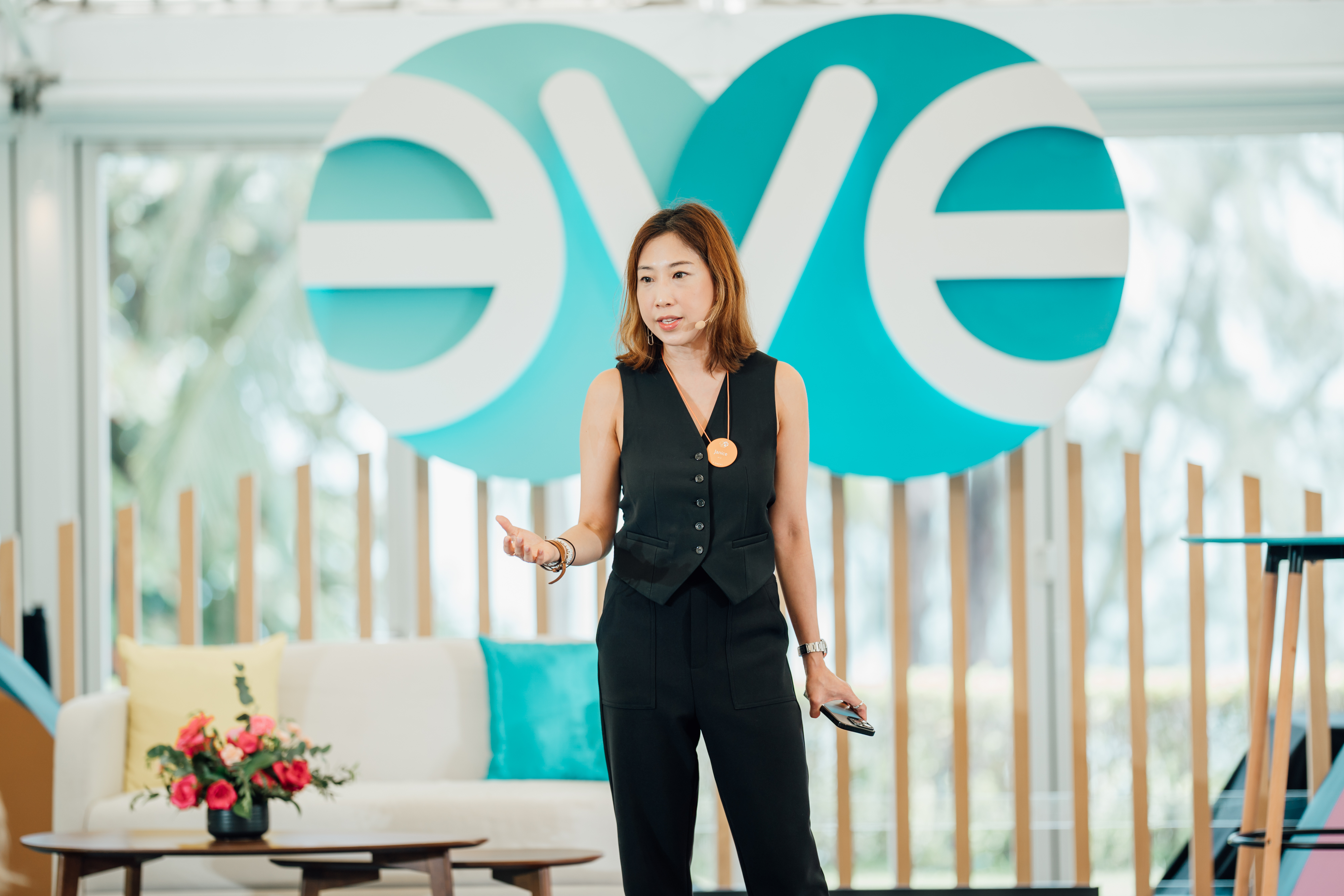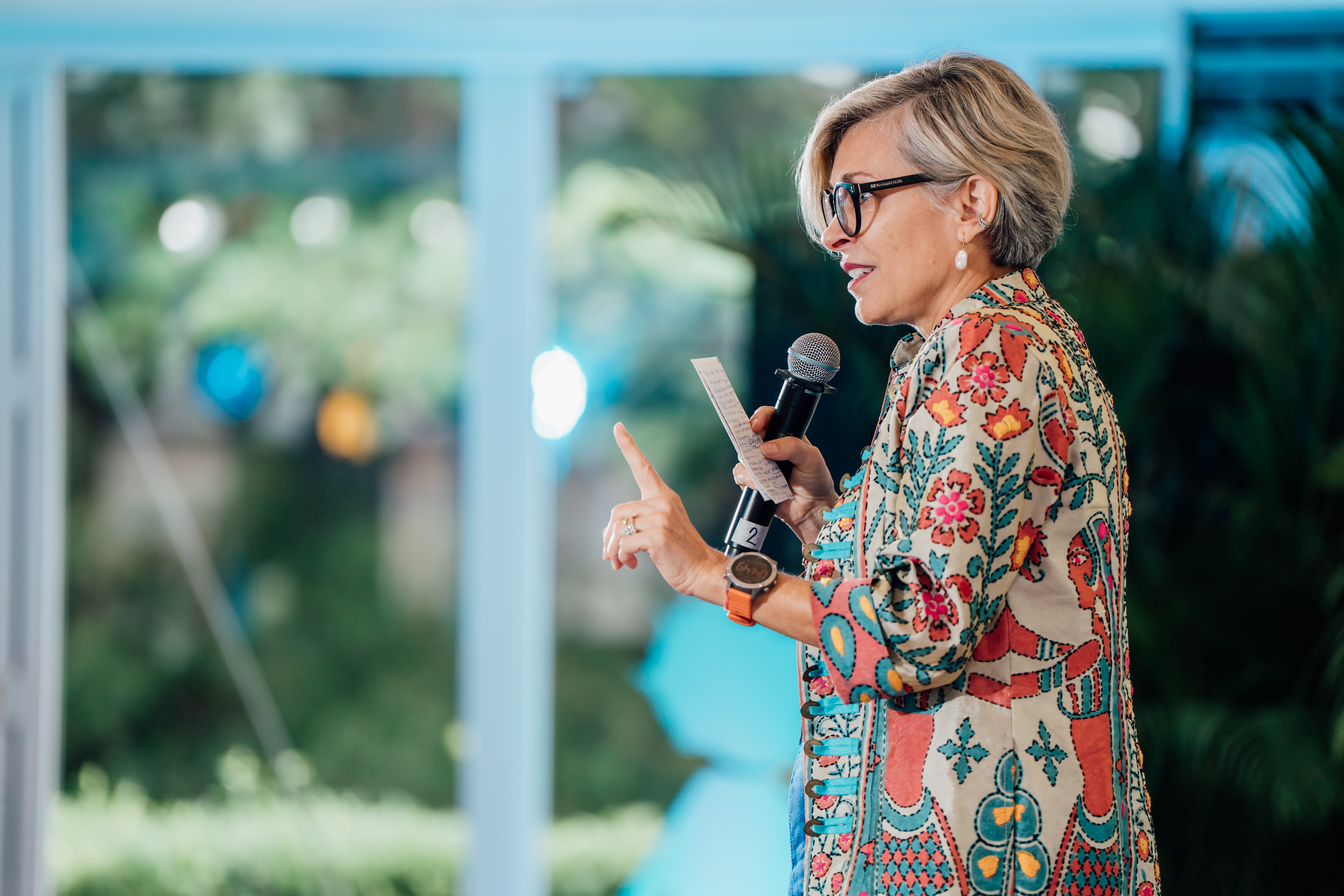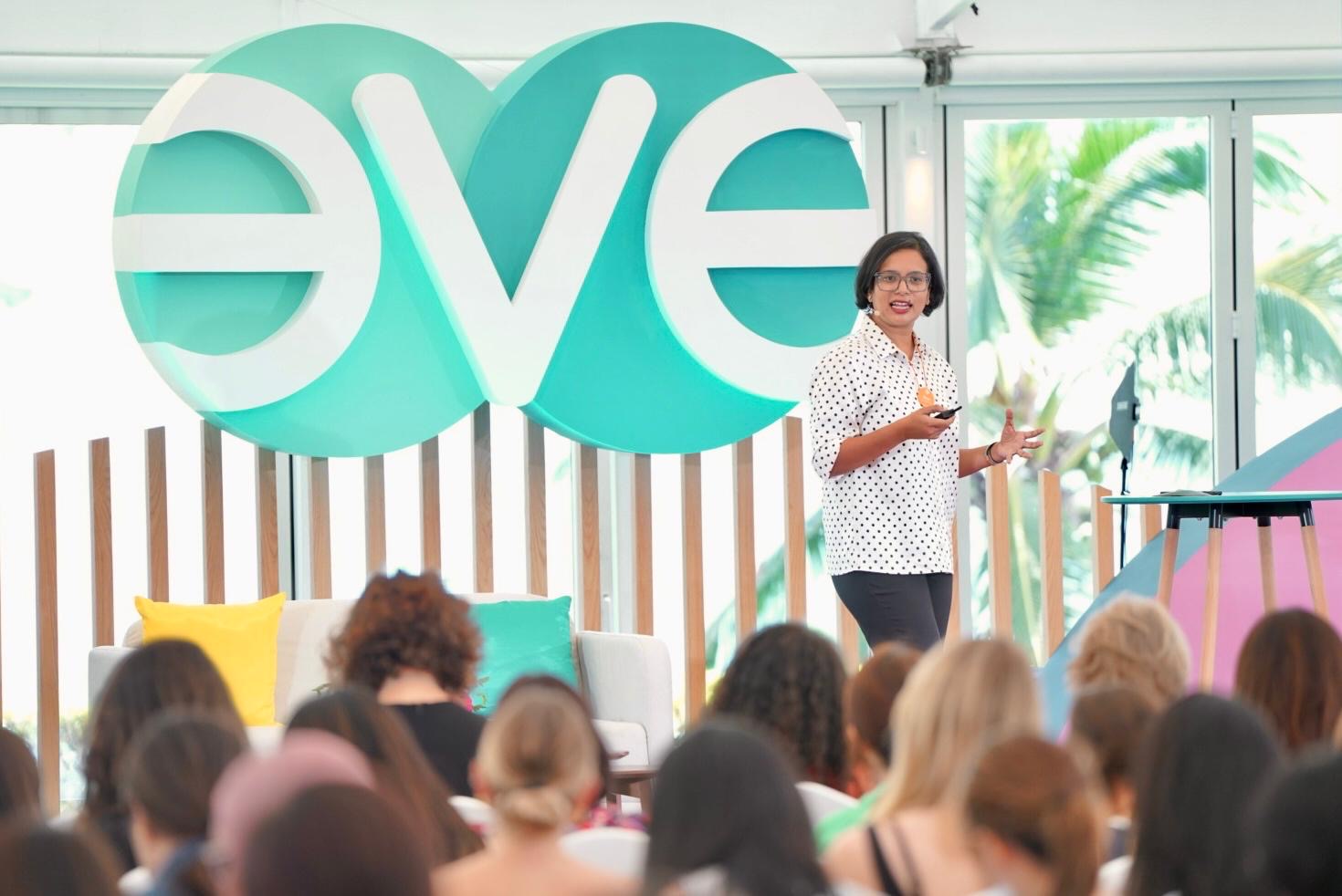A recent study of the placement of graduate students into leadership positions reveals intriguing differences in the social networks women need (as compared to their male counterparts) in order to achieve success. Rather than being dismayed by the study’s conclusion (i.e., women have more networking work to do than men), I’m energized by it: the findings provide a clear framework for how you should approach your networking building efforts.
A little background before showing how you can use the study’s findings to create your own highly effective dream network.
The study conducted by the Kellogg School of Management at Northwestern University looked to understand the link between social networks and placement into coveted leadership positions. The researchers determined that social networks “strongly predicted placement into leadership positions” (as all of the students had comparable leadership qualifications) – and from there here’s where the study got really interesting:
- Men with high visibility and connectedness within the school-wide network ranked higher in leadership job placement.
- Women with high visibility and connectedness within the school-wide network who also had a close, inner circle of female contacts, also ranked higher in leadership placement.
- Women whose networks resembled high-placing men (that is, they lacked a strong female cohort) didn’t rank as high in leadership placement.
To be successful it seems, women seeking leadership roles can’t just network like the men, they need to cultivate two distinctly different types of networks:
- A broad network of “weak” or loose ties and acquaintances.
- A narrow network of “strong” ties made up of close, trusted female peers.
Broad networks (as the study notes) are the source of diverse, fact-based “public” information. Narrow networks, on the other hand, are the source of private information, gleaned from personal experiences, closed-door exchanges and specific interactions. Being connected into a broad network (as I also note in my book, Build Your Dream Network) puts you at the epicenter of diverse information flows. This is critical. Diverse information flows are useful for testing theories, spreading ideas further and getting out of a cliquish echo chamber when you’re seeking a new professional opportunity. Who keeps you top-of-mind and has your back? Not your board network, but your narrow one. A trusted inner circle is essential for strategizing on a project or seeking timely feedback, along with providing vital emotional support plus those insider tips.
I’ve long concluded that to have an effective professional network, your network needs to be comprised of both close friends and friendly acquaintances – so it is understandable why I’m so enthusiastic about the results of this study. It also affirms my belief: we need to network smarter (not necessarily harder) to successfully reach our goals. To check whether your network has the elements for success, ask yourself:
- Am I maintaining “weak ties” within my industry and profession?
- Have I cultivated an inner circle of female peers and do the networks of my inner circle mirror mine?
Network building involves personal effort and commitment, but let’s get practical. Weak ties can be cultivated and maintained without a significant investment of time. Here are a few ideas on how to do just that:
- Stay connected with former colleagues and collaborators on social platforms such as LinkedIn.
- Keep your university alumni up to date on your professional achievements.
- Subscribe to relevant newsletters and industry updates.
- Send a holiday card each year.
- Choose a specific reunion, symposium or conference to attend annually.
As for your inner circle, the key is to surround yourself with like-minded female peers who don’t have overlapping networks (that is, their extended networks are different from yours as well as from each other). You want a tight clique but not an echo chamber, so that diversity of individual networks element is vital. Activate an existing inner circle with scheduled, weekly calls. Regular 15-minute phone calls is all that is needed to receive timely feedback and support. To cultivate a supportive inner circle (if you don’t have one already) consider joining a mastermind group. Varelie Croes, Aruba’s Chief Innovation Officer did exactly that when she was contemplating making a dramatic move in her career trajectory (Varelie’s networking roadmap is highlighted in my book). By participating in a mastermind group especially designed for entrepreneurial women, Varelie (a former tax attorney) found the supportive, like-minded community she needed for encouragement to pursue her startup ideas and support to leave a high-profile executive track position behind. After researching alternatives, she ultimately selected a mastermind group designed to attract women from a variety of career paths, and from geographically different locations, thus ensuring the cohort of women didn’t have mirroring networks.
Building the success networks you need doesn’t necessarily require a lot of time or unattainable introductions, only purposeful intention, and ongoing commitment.
Kelly Hoey for the EVE webmagazine
 Kelly Hoey is the author of Build Your Dream Network: Forging Powerful Relationships In A Hyper-Connected World (January 2017 / Tarcher Perigee). She has been lauded from Forbes (“1 of 5 Women Changing the World of VC/Entrepreneurship”) to Fast Company (“1 of the 25 Smartest Women On Twitter”) to Business Insider (“1 of the 100 Most Influential Tech Women On Twitter”). Empowering A Billion Women By 2020 included her on their list of the “100 Most Influential Global Leaders Empowering Women Worldwide”. She has appeared on CNBC’s Power Pitch, contributes to publications such as Forbes.com and works with inclusive companies including Capital One. Kelly’s career story is one transformation, and can only be explained by her creatively simple ways to tap into networks, then maintain those valuable connections. Her career started as a lawyer in Canada eventually transitioning to the management side of an international law firm based in New York City. A chance opportunity in 2009 to work with a visionary leader of a global business network for women sparked her career transformation. Co-founding a startup accelerator then an interim CMO role with an emerging tech company are just part of her journey of reinvention as an author, writer, creator and investor.
Kelly Hoey is the author of Build Your Dream Network: Forging Powerful Relationships In A Hyper-Connected World (January 2017 / Tarcher Perigee). She has been lauded from Forbes (“1 of 5 Women Changing the World of VC/Entrepreneurship”) to Fast Company (“1 of the 25 Smartest Women On Twitter”) to Business Insider (“1 of the 100 Most Influential Tech Women On Twitter”). Empowering A Billion Women By 2020 included her on their list of the “100 Most Influential Global Leaders Empowering Women Worldwide”. She has appeared on CNBC’s Power Pitch, contributes to publications such as Forbes.com and works with inclusive companies including Capital One. Kelly’s career story is one transformation, and can only be explained by her creatively simple ways to tap into networks, then maintain those valuable connections. Her career started as a lawyer in Canada eventually transitioning to the management side of an international law firm based in New York City. A chance opportunity in 2009 to work with a visionary leader of a global business network for women sparked her career transformation. Co-founding a startup accelerator then an interim CMO role with an emerging tech company are just part of her journey of reinvention as an author, writer, creator and investor.






